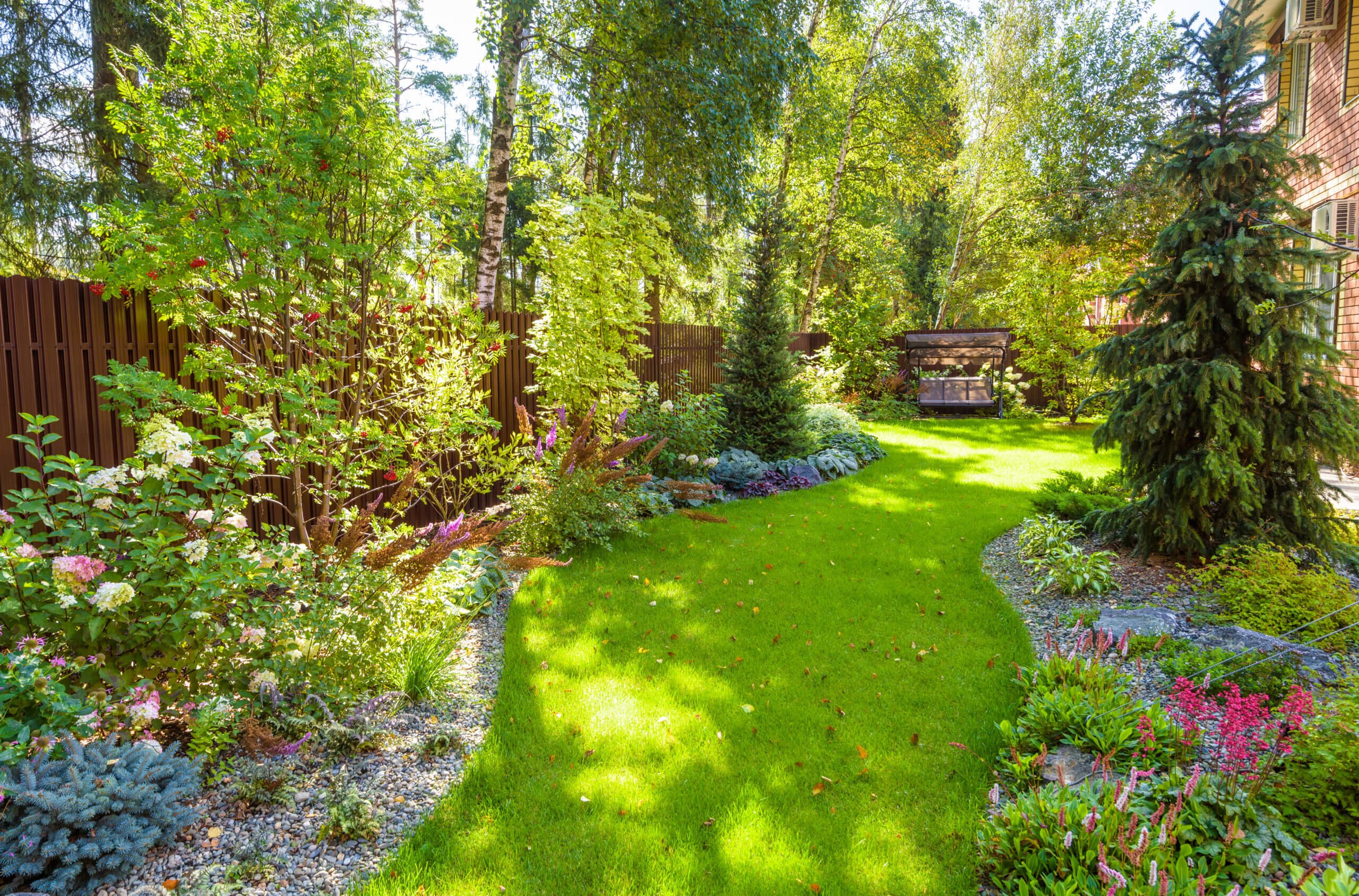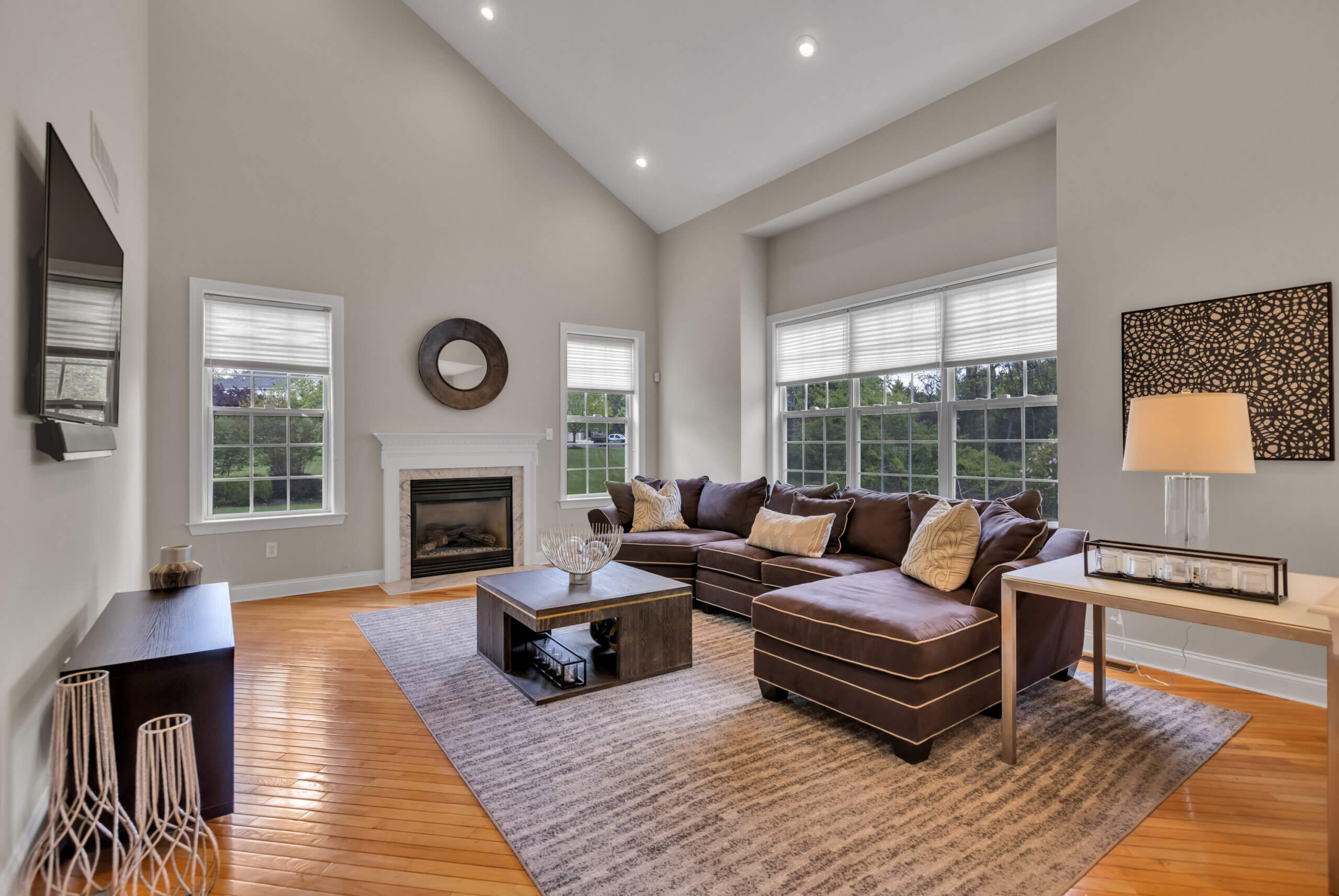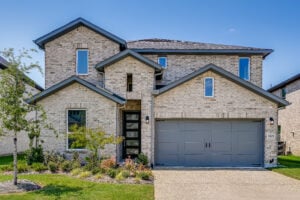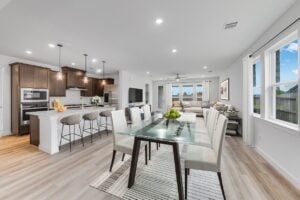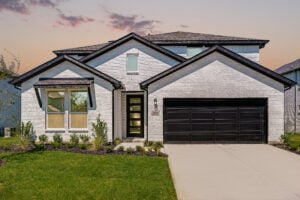Want to make your real estate photography pop? Start by managing shadows effectively. Shadows can either enhance a property’s appeal or make it look uninviting. Here’s how to get it right:
- Use natural light wisely: Shoot during early morning or late afternoon for softer shadows.
- Balance lighting: Mix natural and artificial light to avoid harsh contrasts.
- Tools matter: Use reflectors, diffusers, and HDR techniques to soften or eliminate unwanted shadows.
- Edit smartly: Adjust shadows during post-processing for a polished, natural look.
Whether you’re a beginner or a pro, these tips will help you create photos that highlight the best features of any space. Let’s dive deeper into techniques for pre-shoot prep, shooting, and editing.
How To Edit Large Rooms & Shadows For Real Estate …
Shadow Types and Impact in Real Estate Photos
Grasping how shadows work is crucial for creating attractive real estate photos.
How Shadows Add Depth to Photos
When managed well, shadows can bring depth and dimension to property images. Natural shadows from elements like crown molding, window frames, and built-in cabinets help highlight spaces and make them visually engaging. Properly controlled shadows can:
- Emphasize architectural features by creating contrast
- Define room boundaries for better spatial understanding
- Add texture to walls, floors, and other surfaces
- Create a 3D effect in otherwise flat images
For instance, soft shadows from window frames can form pleasing geometric patterns, while subtle shadows under countertops help define edges and make the space feel more dynamic.
Problematic Shadows in Real Estate Photos
Not all shadows are helpful – some can detract from a property’s appeal. Poorly managed shadows can:
- Hide important features
- Make rooms look smaller than they are
- Create unwelcoming dark areas
- Alter colors, making them appear less natural
Troublesome shadow zones often include:
- South-facing rooms during peak sunlight hours
- Spaces with both natural and artificial light sources
- Areas lit by overhead can lights
- Dark corners or alcoves in rooms
Common Shadow Sources in Properties
Knowing where shadows might appear allows photographers to address them before they become an issue. Here’s a breakdown of typical shadow sources and how to handle them:
| Shadow Source | Effect on Photos | How to Manage It |
|---|---|---|
| Direct Sunlight | Harsh, sharp shadows | Shoot during early morning or late afternoon for softer light |
| Window Treatments | Creates striped shadow patterns | Adjust blinds or curtains to diffuse light evenly |
| Interior Lighting | Multiple overlapping shadows | Balance artificial and natural lighting for consistency |
| Furniture | Dark spots around objects | Use fill lights to soften or eliminate shadows |
| Architectural Elements | Structural shadows | Position lighting carefully to minimize unwanted effects |
To tackle these challenges, HomeJab photographers use advanced HDR techniques and specialized lighting tools to ensure shadows enhance, rather than detract from, property images. In the next section, we’ll explore pre-shoot strategies to manage shadows effectively.
Pre-Shoot Shadow Management
Fine-tune your camera settings before shooting to balance lighting and reduce shadows effectively.
- ISO Settings: Use the lowest ISO that ensures proper exposure. This helps cut down on noise while preserving details in the shadows.
- Aperture Control: Choose an aperture that maintains a good balance between depth of field and light intake. This ensures highlights and shadows are captured accurately.
- Shutter Speed Adjustment: Adjust shutter speed based on the lighting conditions. If you’re using slower shutter speeds, a tripod can prevent motion blur.
Up next, we’ll look at techniques for managing light during the shoot.
Shadow Management While Shooting
Mixed Lighting Methods
Combining natural and artificial light takes some planning. Position your external lights at angles that reduce harsh shadows. If you’re working with window light, try a diffuser like sheer curtains to soften the sunlight and reduce contrast. In rooms with multiple windows, figure out which one is the main light source and adjust your additional lights to complement it. This approach ties into both your pre-shoot setup and your lighting adjustments during the shoot.
Light Control Tools and Setup
Using the right tools can make shadow management much easier. For instance, placing a reflector opposite your main light source can bounce light into shadowed areas. A diffuser near windows can soften harsh natural light. To mimic sunlight, raise your external lights to create a similar angle. If you’re working in tight spaces or dealing with uneven lighting, portable, adjustable LED panels can help brighten darker spots. These tweaks can also set you up for more advanced methods like HDR real estate photography.
HDR Photography Steps
HDR photography is great for handling scenes with a lot of light variation. Here’s how to do it:
- Set your camera to aperture priority mode to keep the depth of field consistent.
- Take bracketed exposures to cover the full range of light in the scene.
- Use a tripod and a remote shutter to eliminate camera shake.
- Check the histograms to ensure your exposures are balanced.
These steps can help you capture evenly lit interior shots with better detail and clarity.
Shadow Correction in Photo Editing
Simple Shadow Adjustments
Improving shadows can bring out more detail in your images. Start by tweaking exposure and shadow sliders in your editing software. Tools like Shadow Recovery help reveal details in darker areas while keeping the overall balance intact. Adjust the shadow slider carefully to maintain a natural look.
For photos of window-lit rooms, the Graduated Filter tool works well to brighten darker corners and walls without losing the room’s depth. Once the basics are in place, you can move on to more advanced techniques for tricky shadow areas.
Advanced Shadow Editing
After handling the basics, advanced techniques allow for precise control over shadows. Luminosity masks are especially useful for targeting shadows while leaving highlights untouched, making them perfect for images with complex lighting setups.
For challenging areas, try these methods:
- Selective Brushing: Use a low-flow adjustment brush to carefully lighten shadowed spots.
- Clarity Reduction: Lower clarity in brightened areas to create smoother transitions.
These methods help you achieve a polished and natural result.
Achieving Natural Results
To keep your edits looking realistic, follow these tips:
- Use feathered selections for smooth transitions between edited and unedited areas.
- Preserve shadow details to maintain depth and dimension.
- Match the color temperature of brightened areas to the rest of the image.
- Avoid overdoing shadow recovery, as it can make the image appear flat.
For property photos, consistent shadow corrections across multiple images create a unified look. This not only helps buyers evaluate spaces accurately but also maintains the natural feel of the images. These techniques build on the groundwork laid during the shoot, ensuring professional results.
Tips and Common Errors
Now that we’ve covered shooting and editing techniques, here’s a streamlined checklist and a list of common errors to help you fine-tune your shadow management skills. Use this guide alongside the detailed steps from earlier sections to ensure everything runs smoothly on site.
Shadow Management Checklist
1. Pre-shoot Planning
- Schedule interior shoots between mid-morning and early afternoon to make the most of balanced natural light.
- Walk through the property to pinpoint areas prone to harsh shadows.
2. Equipment Setup
- Refer to the earlier section for detailed equipment setup instructions.
- Have an HDR-capable camera and necessary lighting tools ready to go.
3. During the Shoot
- Take test shots to evaluate lighting and adjust light modifiers to soften any harsh transitions.
- Use multiple HDR exposures to handle challenging lighting scenarios effectively.
Shadow Control Mistakes
Steer clear of these common missteps to elevate the quality of your real estate photos:
- Relying Too Much on Natural Light: While natural light can be beautiful, it’s often inconsistent and unpredictable.
- Improper Flash Placement: Positioning flash units too close to walls can create distracting and unflattering shadows.
- Overediting Shadows: Excessively recovering shadows during post-processing can result in flat and unnatural-looking images.
If these challenges become overwhelming, professional services can simplify the process and deliver polished results.
Professional Photo Services
For properties with tricky lighting, professional real estate photography services provide reliable, high-quality images. HomeJab’s network of photographers specializes in HDR photography and advanced lighting techniques, delivering polished photos within 24 hours.
These professionals bring the right tools and expertise to manage complex lighting situations. They ensure even exposure throughout the property and skillfully handle mixed lighting conditions, resulting in photos that highlight each space’s true potential.
| Common Shadow Issues | Professional Solution |
|---|---|
| Window glare | HDR photography techniques |
| Dark corners | Strategic light placement |
| Mixed lighting | Color temperature adjustments |
| Harsh shadows | Expert diffusion methods |
Conclusion
Understanding how to manage shadows effectively can make a property stand out in the market. By using the right lighting techniques, carefully arranging equipment, and refining photos during post-processing, photographers can create images that make spaces feel warm and welcoming – key to attracting potential buyers.
“Just used HomeJab to shoot my rental property, and the results were awesome. The photos were bright, sharp, and made the space look super inviting without overdoing it… I posted the listing with their shots and had multiple inquiries within 24 hours” [1]
This example highlights how proper lighting can transform property photos into powerful selling tools. Combining natural and artificial lighting, using HDR methods, and fine-tuning images during editing can produce photos that grab buyers’ attention.
For reliable results, consider hiring experienced photographers who know how to handle complex lighting setups. Many professional services can provide high-quality, polished photos within 24 hours, ensuring your property looks its best when listed [1].
FAQs
What is the best time of day to photograph real estate to minimize harsh shadows?
The best time for real estate photography and manage shadows effectively is during the golden hours – shortly after sunrise or just before sunset. During these times, the sunlight is softer and more diffused, reducing harsh shadows and creating a warm, inviting glow.
If shooting during midday is unavoidable, consider using equipment like reflectors or fill lights to balance shadows and ensure the property is evenly lit. Proper planning and attention to natural light can greatly enhance the quality of your real estate photography.
How can HDR photography help manage tricky lighting in real estate photos?
HDR (High Dynamic Range) photography is a powerful tool for balancing lighting in real estate images, especially in situations with strong contrasts, such as bright windows and darker interiors. By combining multiple exposures of the same shot, HDR ensures that both shadows and highlights are well-detailed, creating a more natural and appealing look.
To use HDR effectively, take several bracketed shots at different exposure levels, then blend them using photo editing software or a camera with built-in HDR capabilities. This technique is particularly useful for showcasing properties with large windows, unique lighting features, or complex architectural details. Proper HDR application can make your listings stand out by presenting a space in its best light.
What should I avoid when dealing with shadows in real estate photography?
Managing shadows effectively is crucial for creating inviting and professional real estate photos. To avoid common pitfalls:
- Overexposing or underexposing shots: Ensure your lighting is balanced to prevent harsh shadows or washed-out highlights.
- Ignoring natural light: Use natural light strategically, but avoid shooting during times when it casts overly harsh shadows, like midday.
- Skipping proper equipment: Invest in tools like reflectors or diffusers to soften shadows and achieve even lighting.
By paying attention to these details, you can create well-lit, appealing images that highlight the property’s best features.


